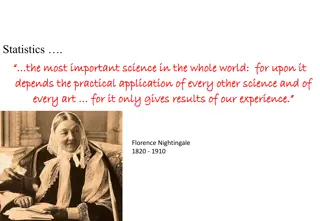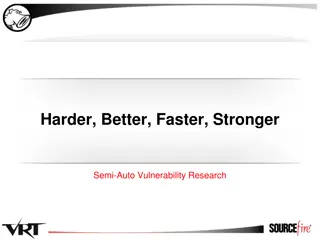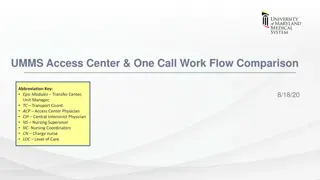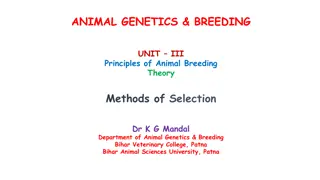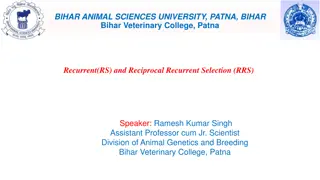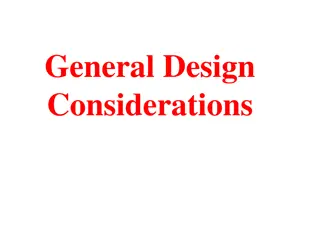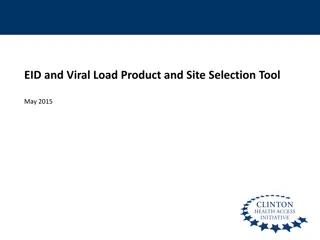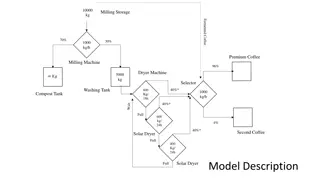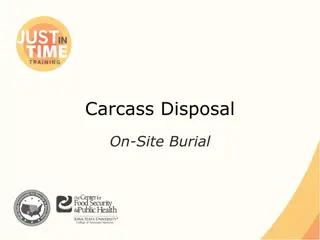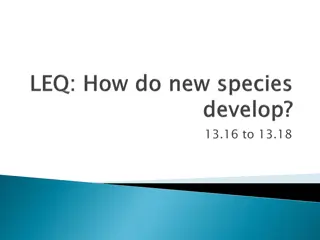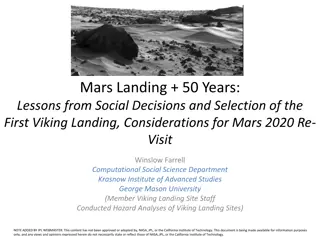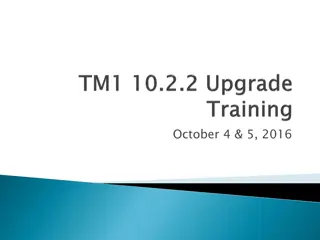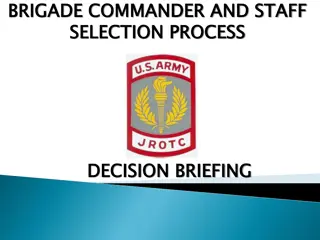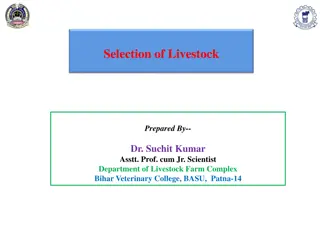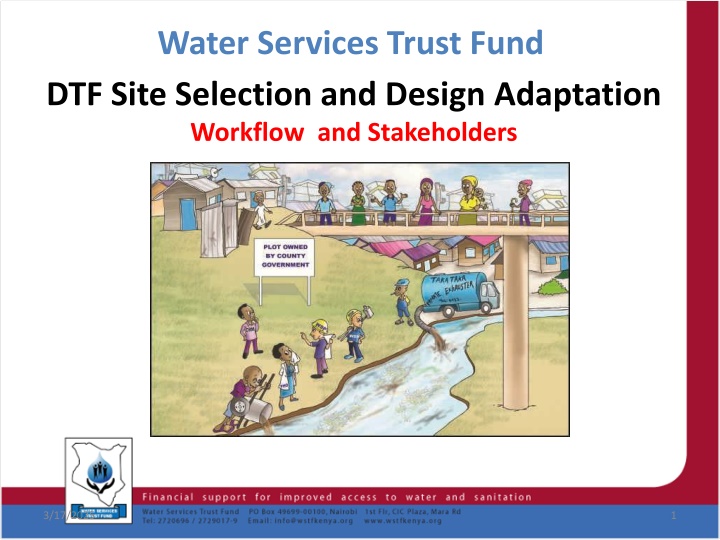
Enhancing Public Health in Low-Income Urban Areas through DTF Site Selection and Design Workflow
This project focuses on utilizing the DTF (Water Services Trust Fund) to improve public health conditions in low-income urban areas by addressing sanitation issues through site selection and design adaptation. The presentation emphasizes understanding stakeholder involvement at various project stages, from project initiation to feedback meetings and site approvals. The process involves collaboration with internal and external teams, consultation with local stakeholders, and presenting proposed sites to top management for approval.
Download Presentation

Please find below an Image/Link to download the presentation.
The content on the website is provided AS IS for your information and personal use only. It may not be sold, licensed, or shared on other websites without obtaining consent from the author. If you encounter any issues during the download, it is possible that the publisher has removed the file from their server.
You are allowed to download the files provided on this website for personal or commercial use, subject to the condition that they are used lawfully. All files are the property of their respective owners.
The content on the website is provided AS IS for your information and personal use only. It may not be sold, licensed, or shared on other websites without obtaining consent from the author.
E N D
Presentation Transcript
Water Services Trust Fund DTF Site Selection and Design Adaptation Workflow and Stakeholders 3/17/2025 1
Content 1.Introduction 2.Project Initiation 3.Awareness Meeting 4.Feedback Meeting 5.DTF introduction, Site Selection and Surveying Training 6.Site Selection and Surveying 7.Site Approval 8.Detailed Site Surveying 9.DTF Design Adaptation Training 3/17/2025 2
Introduction DTF is intended to enhance public health conditions in low income urban areas DTF is intended to close the sanitation value chain by treating the human waste generated in low income areas (also the UDDT matter) Most neglected and most important component of the sanitation value chain Purpose of the presentation Understand the different stakeholders that are relevant in the site selection and design adaptation workflow stages 3/17/2025 3
Step 1: Project Initiation Set up of the WSP internal DTF Technical Team Set up of a WSP internal DTF technical team within the company comprising of staff with the required mix of competencies by the MD If required, external consultants e.g. surveyors are incorporated in the DTF technical team Establish a close collaboration with required external stakeholders Tools required: Site selection and surveying Stakeholders: MD, WSP DTF technical team 3/17/2025 4
Step 2: Awareness Meeting DTF Technical Team in collaboration with the Pro-Poor unit (Sanitation Department) initiates identification of LIA that requires a DTF Pro-Poor unit together with DTF technical team consults with local key stakeholders about their perception of having a DTF in their vicinity as well as identifying potential locations Stakeholders: Pro-Poor unit, DTF technical team, Area Chief, Elders, Residents, PHO, NEMA and WRMA 3/17/2025 5
Step 3: Feedback Meeting Pro-Poor unit and DTF technical team present the opinions of the residents of the targeted LIAs regarding having a DTF and proposed potential sites to the WSP top management Stakeholders: Pro-Poor unit, DTF Technical Team, Managing Director, Technical Manager, Financial Manager, Commercial Manager 3/17/2025 6
Step 4: DTF Introduction, Site Selection and Surveying Training WSTF trains DTF technical team on DTF introduction and Site Selection Surveying Tools required: DTF introduction and Site Selection and Site Surveying Stakeholders: DTF technical team and WSTF 3/17/2025 7
Step 5: Site Selection and Surveying DTF Technical Team selects site by using the site selection and surveying tool in collaboration with required stakeholders EIA is carried put by a registered environmental expert. Once approval is provided by NEMA, the selected site including the filled decision matrix is presented to the MD of the WSP Tools required: Site selection and Surveying Stakeholders: CRMs, PHO, NEMA, WRMA, WSTF Flying squad (on demand) 3/17/2025 8
Step 6: Site Approval The WSP analyses the site selection results. MD confirms results and forwards the proposal to the WSTF The WSTF checks proposal including the DTF site selection analysis report, target group and then gives no objection Tools required: Site Selection and surveying (signed decision matrix) Stakeholders: MD, WSTF 3/17/2025 9
Step 7: Detailed Site Surveying If required, DTF technical team gather more details on site characteristics (baseline data for design adaptation) Tools required: Site Selection and surveying Stakeholders: DTF technical team and flying squad (on request) 3/17/2025 10
Step 8: DTF Design Adaptation Training DTF technical team attends design adaptation training equipped with detailed baseline data WSTF coaches DTF technical team on adaptation of technical drawings and Bill of Quantities (BoQ s) to come up with a detailed design based on local conditions Tools required: Generic technical drawings and BoQ s Stakeholders: DTF technical team and WSTF 3/17/2025 11
Any further stakeholders? Poster discussion in groups (10 mins) Identification of further stakeholders that could be involved in the workflow 3/17/2025 12

